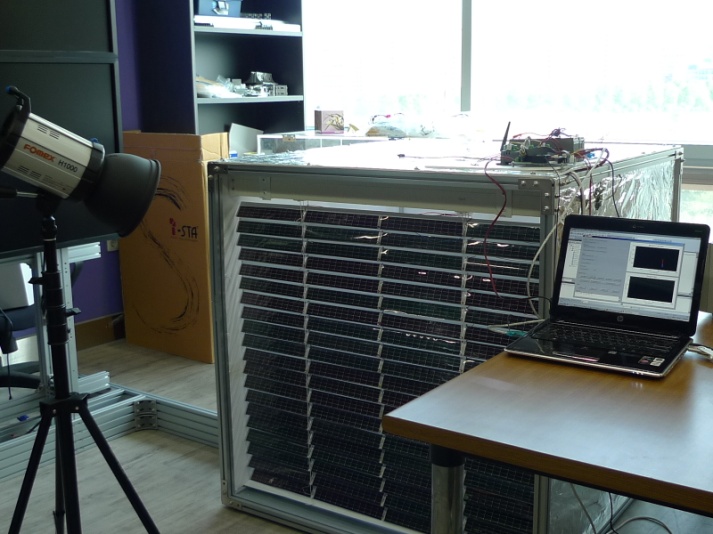| Analysis on the BIPV Integrated Daylight Responsive Lighting System | This research compares the potential lighting energy saving in office rooms by using different control schemes with solar cell attached blind and dimmable lighting system. Adopted methodology is based on simulations to perform daylight calculations with the equations modeling general venetian blind, as well as laboratory measurement to evaluate the accuracy of the system energy calculations plus the implementation of a new algorithm to simulate a daylight control system with solar cell attached blind. Three blind angle control algorithms are evaluated in the view of energy savings. It appears that the control of electrical light with respect to available daylight modified by a solar cell attached blind leads to very high savings; savings vary from 10% to 83% compared to the reference system of a normal window with an on-off type electric lighting. Although the simply controlled blind system under the algorithms which does not consider the outdoor insolation shows greater energy cost than the double-glazing system without a venetian blind, it prevents glare cause by direct sunlight and uneven distribution of the illumination. The best control algorithm for saving energy is shown as the one which update the angle of blind with respect to the altitude, azimuth, and insolation based on the prediction on how much energy is generated and consumed by the system; it can save 83% electrical energy in lighting while maintaining the indoor illuminance at constant value. 
  

|